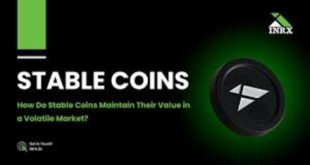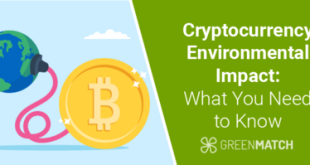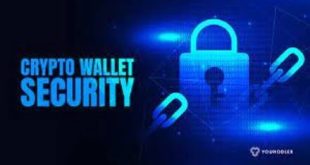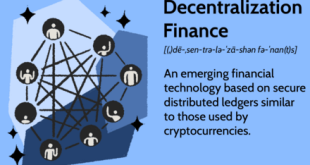NFTs and Beyond: Exploring the Future of Digital Assets
Non-fungible tokens (NFTs) have surged into the mainstream consciousness, transforming the way we perceive ownership, creativity, and value in the digital realm. While initially popularized by digital art and collectibles, NFTs represent just the tip of the iceberg in a broader spectrum of digital assets. As we look to the future, it’s essential to explore how NFTs and other digital assets are reshaping various industries and what this means for creators, consumers, and investors alike.
Understanding NFTs
At their core, NFTs are unique digital tokens that represent ownership or proof of authenticity of a specific asset on the blockchain. Unlike cryptocurrencies such as Bitcoin or Ethereum, which are fungible and can be exchanged on a one-to-one basis, each NFT is distinct and cannot be directly replaced. This uniqueness allows for the representation of a wide range of digital and physical items, including:
- Art and Collectibles: Artists can tokenize their work, ensuring provenance and enabling new revenue streams.
- Music and Videos: Musicians and filmmakers can sell limited editions or exclusive content directly to fans.
- Virtual Real Estate: Platforms like Decentraland and The Sandbox allow users to buy, sell, and develop virtual land.
- Gaming Items: In-game assets can be tokenized, giving players true ownership of their purchases.
The Expanding Landscape of Digital Assets
While NFTs have gained considerable attention, they are part of a broader movement towards digital assets. Here are several key areas where digital assets are making an impact:
- Tokenization of Real-World Assets: Beyond digital items, real-world assets such as real estate, stocks, and even intellectual property can be tokenized. This process allows for fractional ownership, making it easier for investors to access high-value assets.
- Decentralized Finance (DeFi): DeFi platforms enable users to lend, borrow, and trade digital assets without traditional intermediaries. The integration of NFTs in DeFi, such as collateralizing loans with NFTs or using them as yield-generating assets, is an exciting development.
- Identity and Certification: NFTs can serve as digital identities or certificates of authenticity, providing a secure way to verify skills, credentials, and ownership. This application has implications for education, employment, and personal branding.
- Supply Chain Management: The transparency and traceability offered by blockchain technology can be applied to supply chains. Tokenizing products can ensure authenticity and provide consumers with information about the origins of their purchases.
- Social Tokens and Communities: Creators and influencers are using social tokens to build communities and engage directly with their fans. These tokens can represent access to exclusive content, experiences, or voting rights within a community.
The Future of NFTs and Digital Assets
As we move forward, several trends are likely to shape the future of NFTs and digital assets:
- Interoperability: For the digital asset ecosystem to thrive, interoperability between different blockchains and platforms will be crucial. This will enable seamless transfers and exchanges of digital assets across various environments.
- Regulatory Developments: As digital assets become more mainstream, regulatory scrutiny will increase. Clear regulations can provide a framework for protecting consumers while fostering innovation. Balancing regulation with the inherent decentralized ethos of blockchain will be a key challenge.
- Environmental Considerations: The environmental impact of blockchain technology, particularly regarding energy-intensive proof-of-work systems, has raised concerns. The shift towards more sustainable practices, such as proof-of-stake, will be vital for the future acceptance of NFTs and digital assets.
- Enhanced User Experience: As technology evolves, the user experience surrounding NFTs and digital assets will improve. More intuitive platforms and tools will make it easier for everyday users to interact with digital assets, expanding the market.
- Integration with the Metaverse: The concept of the metaverse—immersive virtual environments where users can interact, create, and transact—is closely tied to NFTs. Digital assets will play a crucial role in how individuals engage with these virtual worlds, from owning virtual land to creating unique experiences.
Conclusion
NFTs and digital assets are reshaping the landscape of ownership, creativity, and commerce. As these technologies evolve, they offer exciting possibilities for various industries, from art and entertainment to finance and real estate. While challenges remain, the potential for innovation and transformation is immense. As we embrace this new era of digital assets, it will be essential for stakeholders—creators, consumers, and investors—to stay informed and adapt to the rapidly changing landscape. The future promises a more connected, inclusive, and creative digital economy, where ownership and value take on new dimensions.



